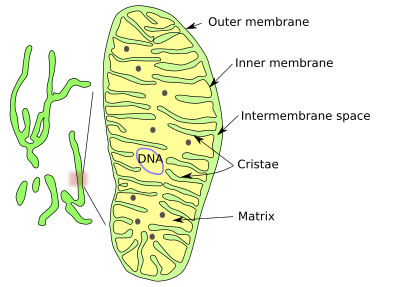Óxido Nítrico: La Clave para Frenar el Envejecimiento
El óxido nítrico (NO) es una molécula gaseosa compuesta por nitrógeno y oxígeno, producida naturalmente por el organismo. Aunque su nombre puede sonar industrial, cumple funciones esenciales en el cuerpo humano, desde la regulación de la presión arterial hasta la mejora del rendimiento físico y mental.
El Doctor Josh Helman y el Óxido Nítrico
El Dr. Josh Helman, experto en antienvejecimiento y egresado de la Universidad de Harvard, destaca al óxido nítrico como un pilar para la longevidad. Según explica:
• “El óxido nítrico dilata los vasos sanguíneos, mejora la circulación y actúa en todas las células del cuerpo, beneficiando tanto al cerebro como al corazón”.
Además, posee propiedades antioxidantes que combaten el estrés oxidativo, un factor clave en el deterioro celular, ayudando a mantener una salud óptima con el paso del tiempo.
¿Qué es el Óxido Nítrico y Cómo Funciona?
El óxido nítrico es un vasodilatador natural. Esto significa que relaja y ensancha los vasos sanguíneos, favoreciendo el flujo de sangre y oxígeno hacia los tejidos. Su impacto incluye:
1. Salud Cardiovascular: Regula la presión arterial, previene enfermedades del corazón y mejora la circulación.
2. Función Cerebral: Participa en la comunicación entre neuronas, favoreciendo la memoria y el aprendizaje.
3. Rendimiento Físico: Aumenta la oxigenación muscular, mejorando la resistencia y el desempeño deportivo.
4. Función Sexual: Mejora la circulación en el área genital, ayudando en casos de disfunción eréctil.
5. Longevidad Celular: Actúa como antioxidante, retrasando el envejecimiento celular.
Cómo Aumentar los Niveles de Óxido Nítrico
El cuerpo no almacena óxido nítrico, por lo que es necesario garantizar su producción mediante hábitos saludables.
Alimentación Rica en Precursores:
1. Verduras Ricas en Nitratos:
• Remolacha, espinaca, rúcula, apio, lechuga.
2. L-Arginina y L-Citrulina (aminoácidos esenciales para la síntesis de óxido nítrico):
• Carnes magras, pescado, nueces, almendras, sandía.
3. Antioxidantes:
• Granada, ajo, chocolate amargo, frutas cítricas.
Estilo de Vida Saludable:
• Ejercicio Físico: Aumenta la producción de óxido nítrico al fortalecer los vasos sanguíneos.
• Descanso Adecuado: Dormir bien optimiza los procesos metabólicos relacionados.
• Evitar Enjuagues Bucales Excesivos: Las bacterias bucales transforman los nitratos en óxido nítrico.
¿Son Recomendables los Suplementos?
Existen suplementos de óxido nítrico elaborados con precursores como L-arginina o extractos de remolacha. Estos son útiles en ciertos casos, como en deportistas o personas con deficiencias específicas.
Sin embargo, su consumo debe ser supervisado por un médico, ya que no todos los suplementos son igualmente seguros o efectivos.
Además, hay contraindicaciones para personas con presión arterial baja, enfermedades renales o aquellas que toman anticoagulantes.
El Óxido Nítrico y la Longevidad
La importancia del óxido nítrico radica en su capacidad para mejorar la salud vascular, cerebral y celular.
Incorporar alimentos ricos en nitratos, mantener un estilo de vida activo y considerar suplementos bajo supervisión médica son estrategias clave para aprovechar todos sus beneficios.
Con hábitos adecuados, esta molécula puede convertirse en una poderosa aliada para mantener un organismo fuerte, saludable y joven a lo largo del tiempo.















